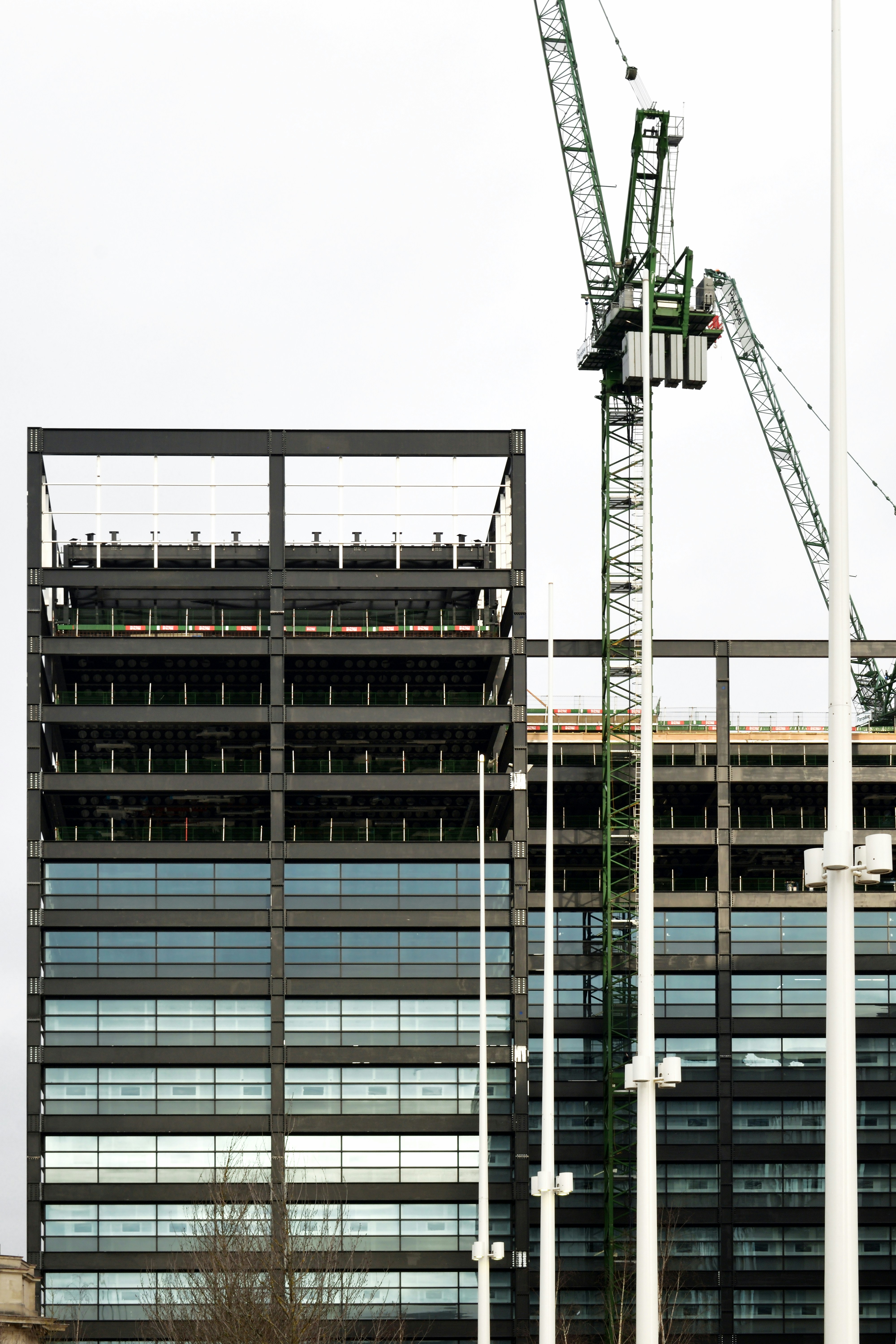The Importance of Adapted Building Codes in Hurricane-Prone Areas
As hurricanes continue to pose significant threats to coastal areas, particularly in Florida, adapting building codes for hurricane resilience has never been more critical. Strengthening these regulations helps to minimize damage, protect lives, and ensure business continuity during extreme weather events. This post delves into the importance and the ongoing efforts to update building codes for better hurricane resilience.
The Need for Stronger Building Codes
Florida’s geographic location makes it particularly susceptible to hurricanes. Over the years, hurricanes have caused extensive damage to infrastructure, resulting in massive economic losses and, tragically, loss of lives. Stronger building codes can significantly reduce these risks by ensuring that structures are built to withstand the powerful forces of hurricanes.
Adapted building codes incorporate advanced engineering principles, materials, and construction techniques designed to enhance the durability and safety of buildings. These codes cover aspects such as wind resistance, roofing, and foundation stability, which are critical in maintaining the structural integrity of buildings during a hurricane.
Florida’s Building Code Updates
The state of Florida has been proactive in revising its building codes to address the increasing severity of hurricanes. The Florida Building Code (FBC) has undergone several updates over the years, with significant changes implemented after major hurricanes like Andrew in 1992 and Irma in 2017.
One of the most notable changes includes the requirement for buildings to withstand higher wind speeds. The latest edition of the FBC mandates that buildings in high-risk areas be designed to endure winds up to 140-150 mph. This change aims to reduce wind damage, which is one of the primary causes of structural failure during hurricanes.
Benefits of Adapting Building Codes
Adopting and enforcing stricter building codes brings several benefits:
- Reduced Damage: Buildings designed to withstand hurricane-force winds are less likely to sustain severe damage, reducing repair and rebuilding costs.
- Increased Safety: Stronger buildings provide better protection for occupants, reducing the risk of injuries and fatalities during a hurricane.
- Insurance Savings: Structures built to meet enhanced standards may qualify for lower insurance premiums, providing financial savings for property owners.
- Community Resilience: Communities with resilient buildings can recover more quickly after a hurricane, reducing the long-term impacts on local economies and social structures.
Case Studies and Success Stories
Several communities in Florida have successfully implemented adapted building codes with positive results. For example, after Hurricane Andrew, Miami-Dade County significantly strengthened its building codes. As a result, buildings constructed under the new codes fared much better during subsequent hurricanes, demonstrating the effectiveness of these measures.
Another success story is the city of Punta Gorda, which adopted stringent building codes following Hurricane Charley in 2004. The updated codes included requirements for stronger roofs, impact-resistant windows, and reinforced structures. When Hurricane Irma hit in 2017, Punta Gorda experienced significantly less damage compared to areas with less stringent codes.
Challenges in Implementation
While the benefits of adapting building codes are clear, there are challenges to their implementation:
- Cost: Constructing buildings to higher standards can increase upfront costs, which may be a deterrent for some developers and property owners.
- Enforcement: Effective implementation requires diligent enforcement by local authorities, which can be resource-intensive.
- Public Awareness: Property owners and builders must be educated about the importance and benefits of adhering to updated building codes.
The Role of Nonprofits and Community Organizations
Nonprofit organizations like HelpNow play a vital role in promoting hurricane resilience through community education and advocacy. By offering training programs and resources, they help builders, developers, and property owners understand and implement best practices for hurricane-resistant construction.
These organizations also work with local governments to advocate for stronger building codes and provide support in enforcing these regulations. Community engagement and collaboration are essential in creating a culture of resilience and preparedness.
Looking Ahead
As climate change continues to influence the intensity and frequency of hurricanes, adapting building codes will remain a dynamic and ongoing process. Continuous research and development in construction technologies will drive further improvements in building standards, ensuring that communities are better prepared for future hurricanes.
For more information on hurricane preparedness and training programs, visit our blog or courses page. If you’d like to get involved, consider joining our efforts at Join Now.
For further reading on state and national guidelines, visit the FEMA website for official recommendations and updates.

